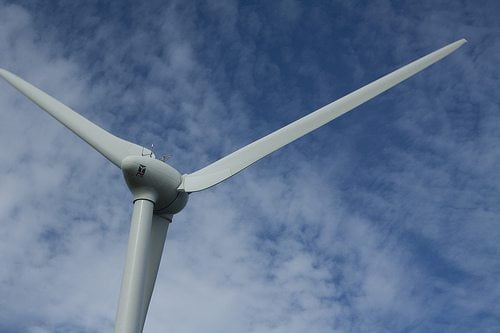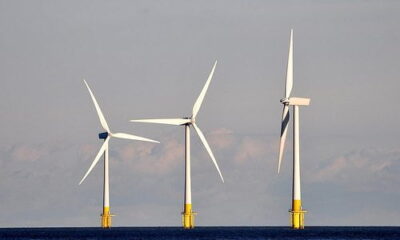

Invest
Bloomberg: UK measures to attract wind investment are insufficient
Recent government increases in the contracts for difference (CfDs) for offshore wind development might not be enough to attract investment, Bloomberg New Energy Finance (BNEF) has said.
The government announced an update of the strike prices for electricity earlier this month, as part of a plan to achieve a 30% clean electricity target by 2020, attracting capital for offshore wind projects in particular.
Energy secretary Ed Davey explained, “The CfD reduces the risks faced by low-carbon generators, by paying a variable top-up between the market price and a fixed price level, known as the strike price.”
However, BNEF said that investors might face new risks posed by the CfD system. On the one hand, it said investors would get equity returns between 8% and 12% for offshore wind projects commissioned between 2014 and 2018. But it added that there are risks associated with the levy control framework (LCF) as well as possible delays during the construction and operational phases and changes in regulations.
Sophia von Waldow, offshore wind analyst for BNEF, said, “The government is anxious to convince investors and banks that it has built a cost-effective incentive system to drive the construction of offshore wind projects in the next few years, enabling the UK to maintain its position as the world’s leading market for this technology.
“We are not convinced that it has yet done enough to minimise the complex web of risks that these projects, often in deep water and far from shore, will face. If so, the UK may fall short of that 10 gigawatt (GW) figure for offshore wind capacity by 2020.”
Last week, Scottish Power Renewables (SPR) announced it had decided to shelve the Argyll Array project, a worth £5.4 billion, which would have seen 300 turbines erected off Tiree, in Scotland.
The firm said that the decision had been taken because the ground and waves would have represented a problem and because there was a significant number of basking sharks that might have been affected. However, it added that if the technology improved, the project might be developed in 10-15 years.
Further reading:
Offshore wind subsides will allow industry to compete, says Dong Energy
Renewable energy second most popular investment for British public
National Infrastructure Plan: government maps changes to renewable energy subsidies
Government accused of putting ‘sticking plasters’ on energy bills


 Environment9 months ago
Environment9 months agoAre Polymer Banknotes: an Eco-Friendly Trend or a Groundswell?

 Environment11 months ago
Environment11 months agoEco-Friendly Home Improvements: Top 7 Upgrades for 2025

 Features8 months ago
Features8 months agoEco-Friendly Cryptocurrencies: Sustainable Investment Choices

 Features9 months ago
Features9 months agoEco-Friendly Crypto Traders Must Find the Right Exchange




























